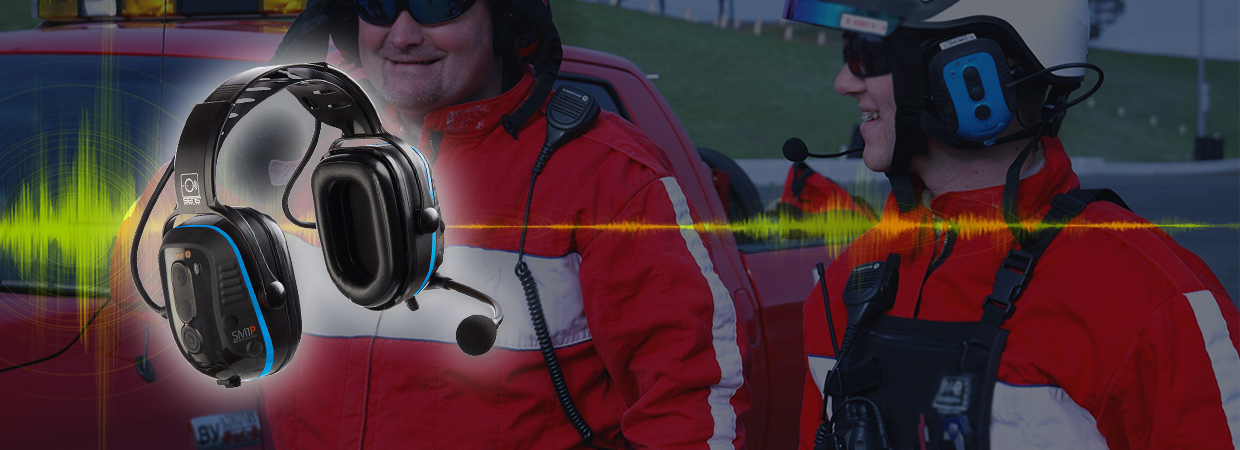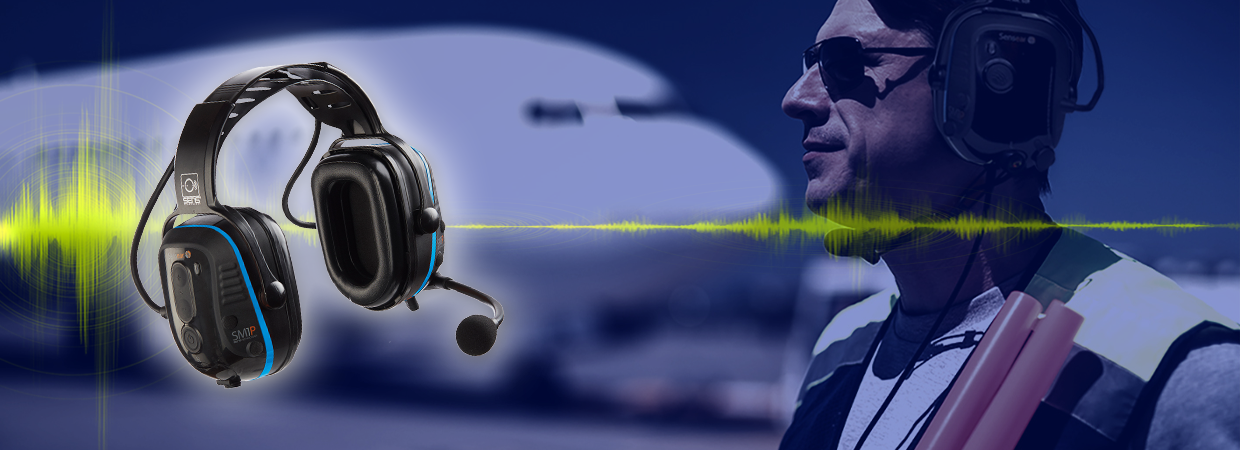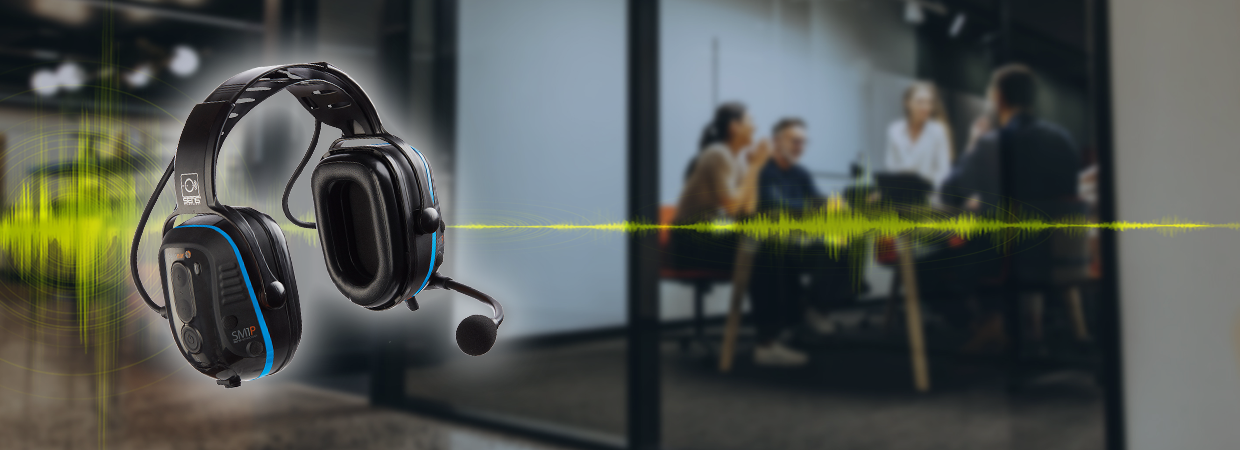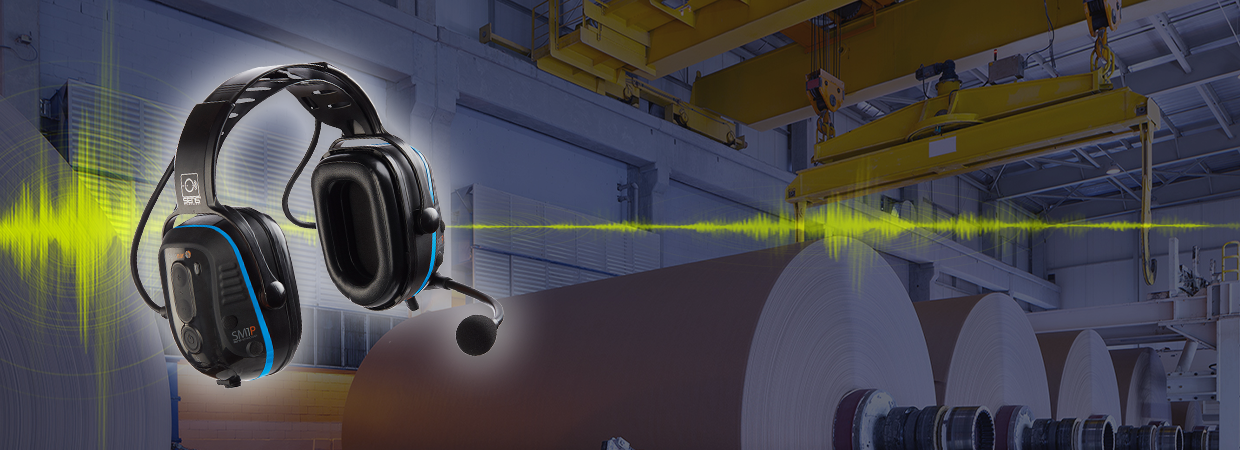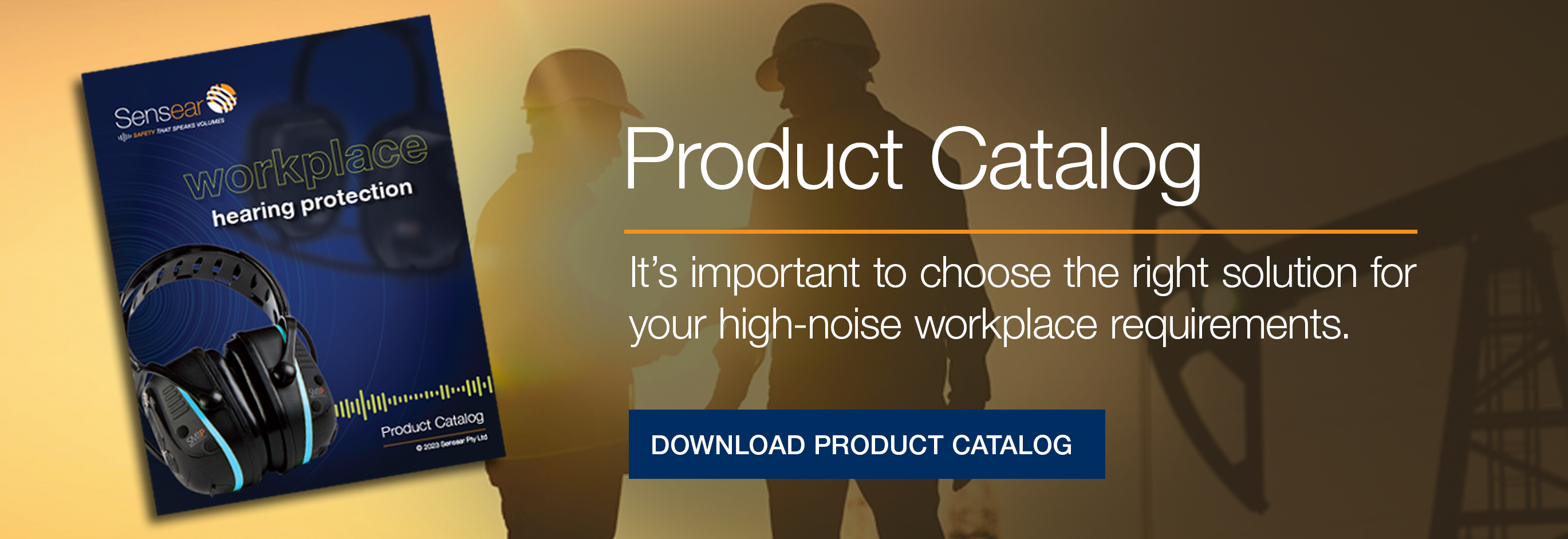Why technology needs to address the human issues relating to non-compliance.
Hearing loss has reached epidemic proportions in the developed world and is now considered to be the third most common illness behind arthritis and high blood pressure. Similarly in the workplace, according to the World Health Organization, Noise-Induced Hearing Loss (NIHL) is one of the most common occupational illnesses.
Unfortunately, while hearing aid companies have developed innovative new products with more sophisticated technologies and greater miniaturization to better cater to hearing loss suffers, hearing protection companies have been relatively slow with innovative new product releases that address the key human drivers relating to noise exposure in the workplace. This is a trend that needs to be reversed in order to achieve better outcomes for noise exposure in the workplace.
There is no questioning that NIHL is a major occupational health and safety issue. According to Access Economics in its 2006 report "The Economic Impact and Cost of Hearing Loss in Australia," one in six people suffer from hearing loss today and this will grow to one in four by 2050. It is estimated that 158,876 were not employed by reason of hearing loss in 2005.
Despite growing awareness of NIHL and compliance standards outlined by Safe Work Australia (www.safeworkaustralia.gov.au), the incidence of hearing damage is still more prevalent than it should be. Government hearing agency Australian Hearing states that it is an employer‟s responsibility to provide a safe work environment and employees within noisy workplaces should talk to an Occupational Health and Safety officer (OH&S) about making it quieter. Australian Hearing recommends that personal protective equipment such as earmuffs and earplugs be worn when workers are exposed to noise levels of 85dBA time-weighted average for over 8 hours at a time. Further, if workers are exposed to higher noise levels, for example, 100dBA, the exposure period comes down to 15 minutes or less.
The fact is, despite companies complying with national health and safety standards, studies have shown that noise-exposed workers often do not consistently use hearing protection if:
a) The protectors inhibit the wearer's ability to communicate in high noise environments
b) The protectors interfere with job performance and productivity by making a certain sound from machinery undetectable
c) The protectors interfere with workers situational safety
Human factors continue to be major drivers as to whether a hearing conservation program will be successful. A good way forward is to ensure the above human drivers for noncompliance are addressed by the hearing protection devices allocated to the workers.
In a study conducted by a NIOSH researcher in 2001 titled “Factors affecting the use of hearing protectors in a population of printing workers”, it was found that the top reason for not wearing hearing protection was that “it interfered with communication”.
Most hearing protection systems are passive in nature and therefore only suppress all surrounding noise. It is common practice for workers who need to communicate in high noise environments to take off their protection to have conversations. Unfortunately, these workers are exposing themselves to potential Noise-Induced Hearing Loss in order to communicate.
It follows that allowing communication without compromising the hearing protector is intrinsically connected to a successful hearing conversation strategy. When it is critical for workers to communicate in high noise environments, then compliance will be enhanced if hearing protection devices enable the noise-exposed to hear speech without removing the device. This applies not only to face-to-face communication but also to workers using communication devices such as two-way radios and Bluetooth® cell phones.
Electronic earmuffs that connect to communication devices have been around for some time but their capability to enable conversation in high noise has been limited. This limitation has been addressed by recent technologies that use smart algorithms to isolate speech from background noise. Unlike other noise suppression technologies, these technologies focus on isolating and enhancing speech at the same time as suppressing background noise to enable users to hear speech in high noise environments. Most importantly, the ability to enable face-to-face communication around damaging noise levels opens up new communication possibilities.
These “speech enhancement” technologies will provide solutions for many work-related job functions such as training, plant tours, supervisory interactions, and other critical communication needs required in high noise environments.
Another reason why users may not consistently wear hearing protection devices is that they can interfere with job performance. The 2001 study highlighted that when users were unable to hear certain sounds of machinery they were less inclined to wear hearing protection. For many work-related functions, being able to hear is critically important to productivity and performance on the job. Therefore the hearing protection device must enable users to hear critical sounds within their working environment. Hearing protection devices that suppress all noise to levels that inhibit situational awareness may be protecting the user, but if they have to remove the device to do their job then compliance will be less guaranteed. Devices should deliver a safe noise level of around 82dBa to enable the wearer to be more productive while working in high noise environments.
Enabling situational awareness is also a necessary component of safety for workers who are working in dangerous environments where moving objects have the potential to extract serious injury. Although hearing loss is a serious long-term occupational health concern, workers and management are more concerned about minimizing serious fatalities that can happen in an instant.
Being able to communicate while wearing hearing protection is critical to compliance for many workers,
but having situational awareness is absolutely necessary for all workers who are in dangerous environments. That is why hearing protection devices that not only deliver the total communication
solution but also enable situational awareness should provide a significant compliance incentive to workers.
Companies operating in the mining, aviation, transportation, construction, manufacturing, and agricultural industries should reconsider how human resistance is affecting their hearing conservation effectiveness. In these traditionally high noise industries, passive hearing protection solutions may not be delivering the best result for companies because workers may have good reasons for momentarily removing them or not wearing them properly. In fact, even just removing the hearing protector for 15 minutes can result in a 5dB reduction in the effectiveness of the hearing protector. Even such seemingly small non-compliance acts can seriously affect the levels of exposure to noise and thus the likelihood of NIHL, and ultimately the level of compensation claims targeting companies.
Connecting the new wave of hearing protection technologies to the specific needs of workers and ensuring they encourage compliance will make a significant impact on the effectiveness of the organization's hearing conservation policy. Smart hearing protection devices are not for every worker, but for many, they are critical for efficient communication, heightened productivity, and overall job safety.
About Sensear
Founded in 2006 in Perth, Australia, and with joint headquarters in Perth, and San Francisco, USA, Sensear is a world leader in the development and manufacture of high noise communication headsets. From a global network of sales offices, Sensear is selling to end users via distributors, dealers, and resellers in the majority of countries around the world. Sensear’s patented combination of hardware and software, isolates, cleans, and packages speech while suppressing background noise to a safe level. The award-winning technology has been incorporated into both ear plug and ear muff headsets that, whilst retaining situational awareness, enable face-to-face, mobile/cell phone, short-range, and two-way radio communication in the harshest and noisiest of environments.
Media Contact:
Sensear
David Cannington
Chief Marketing Ofcer
david.cannington@sensear.com
+1 415 497-4754
